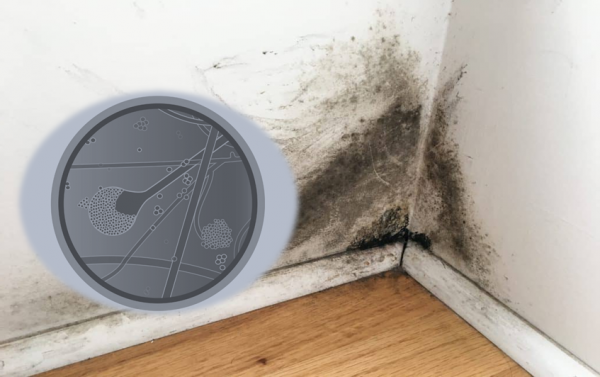
How to lower risk of black fungus infection
Do not forget to wear your mask. Avoid places where you feel there is dust, water logged sites. Get fresh food and check thoroughly before consuming fruits and breads. Wearing gloves, shoes, goggles is essential when you are stepping outside if you are recovering from Covid and or have preexisting condition. No self-medication, talk to your doctor soon. Remember: Black fungus mainly affects those who have underlying health conditions or those who take medicines that lower the body’s ability to fight microbes and sickness.
It’s difficult to avoid breathing in fungal spores because the fungi that cause mucormycosis are common in the environment. There is no vaccine to prevent mucormycosis. For people who have weakened immune systems, there may be some ways to lower the chances of developing mucormycosis.
- Protect yourself from the environment. It’s important to note that although these actions are recommended, they haven’t been proven to prevent mucormycosis.
- Try to avoid areas with a lot of dust like construction or excavation sites. If you can’t avoid these areas, wear an N95 respirator (a type of face mask) while you’re there.
- Avoid direct contact with water-damaged buildings and flood water after hurricanes and natural disasters.
- Avoid activities that involve close contact to soil or dust, such as yard work or gardening. If this isn’t possible,
- Wear shoes, long pants, and a long-sleeved shirt when doing outdoor activities such as gardening, yard work, or visiting wooded areas.
- Wear gloves when handling materials such as soil, moss, or manure.
- To reduce the chances of developing a skin infection, clean skin injuries well with soap and water, especially if they have been exposed to soil or dust.
- Antifungal medication. If you are at high risk for developing mucormycosis (for example, if you’ve had an organ transplant or a stem cell transplant), your healthcare provider may prescribe medication to prevent mucormycosis and other mold infections. 7,8 Doctors and scientists are still learning about which transplant patients are at highest risk and how to best prevent fungal infections.
Image Credit:- שי אבידן, CC BY-SA 4.0, via Wikimedia Commons
Author: Sumana Rao | Posted on: May 26, 2021
« Proning Helps Covid-19 Patients Breath Easily at Home Diagnosis of Mucormycosis »






















Write a comment